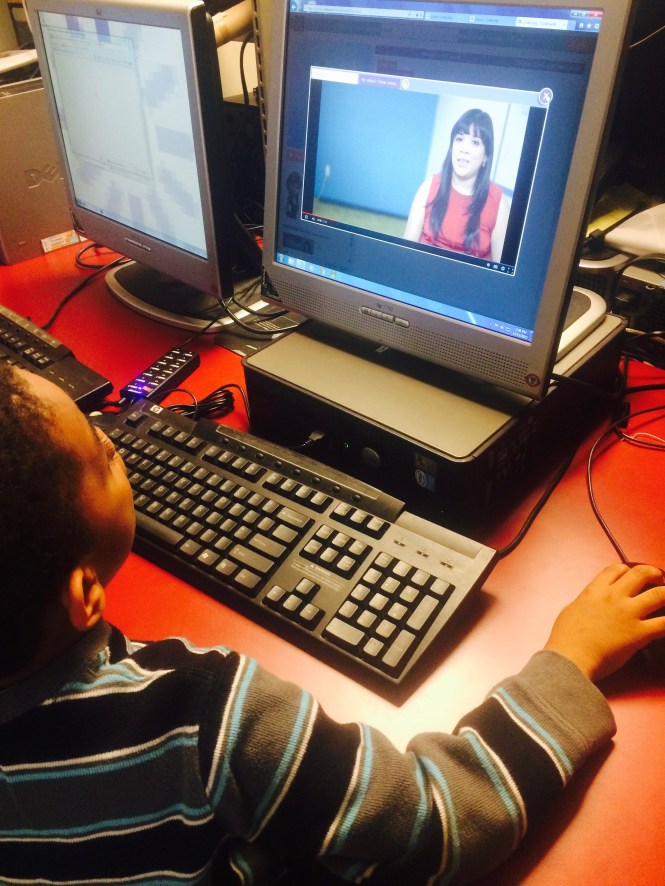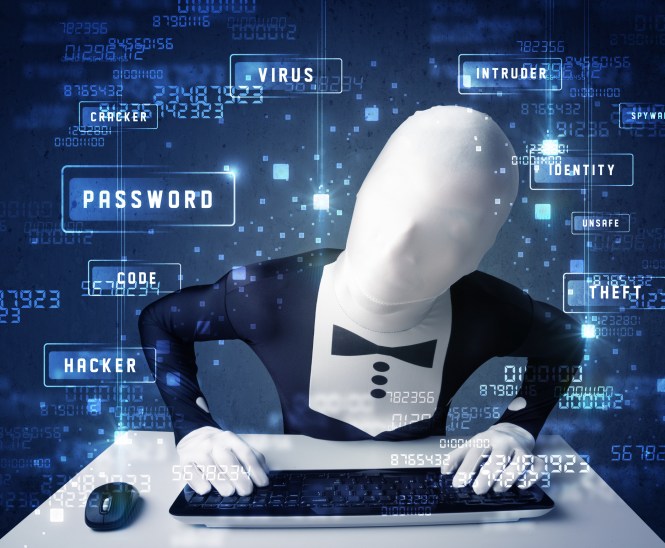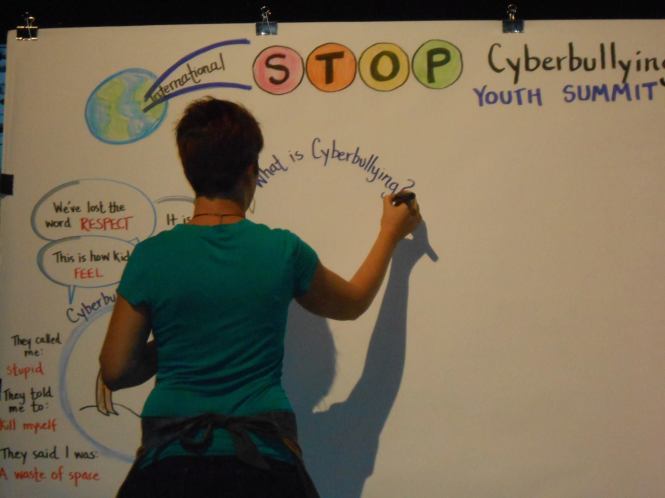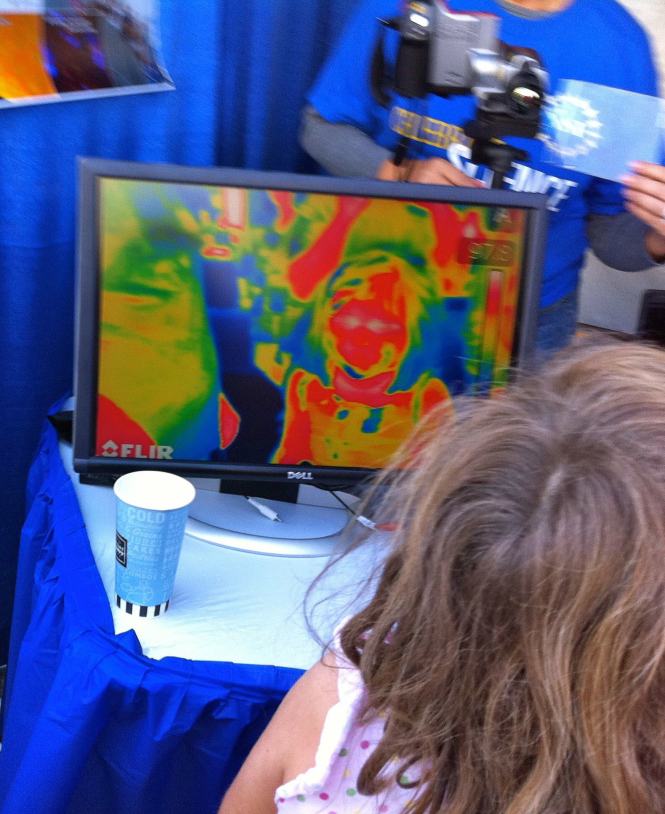
Let’s start here.
What is Cyberbullying?
What is your school’s acceptable use policy?
Some schools have developed policies on uses of technology that may affect the child’s online behavior in and out of the classroom. Ask the school if they have developed a policy. You and some other parents and community leaders can work together to find resources and interested individuals if there is none.
Report Cyberbullying
When cyberbullying happens, it is important to document and report the behavior so it can be addressed.
Rules of the Road
http://www.stopbullying.gov/cyberbullying/how-to-report/index.html
Be proactive in making sure that students have ways to cope and education about cyberbullying.
Establish a committee to inform, educate and let students be proactive.
Defining the School Cyberbullying Problem
All schools, parents and students are struggling to address and contain the growing cyberbullying problem.
While bullying itself is difficult to prevent, cyberbullying is much harder. It starts online and moves offline, or starts offline and moves online or starts and stays online. It happens during the school day on student-owned devices as well as school computers. It happens off-premises, after-hours and bleeds into the school day.
As Parry Aftab has said repeatedly, and the volunteers at WiredSafety who handle cyberbullying cases and help victims and their families know, there is no silver bullet. There is no one answer. But there are many ways to attack the problem, piece by piece.
Schools have approached this in different ways. Many schools have adopted policies and rules that the parents and students have to sign before the students are permitted to use the Internet at school. Some are using filtering products. Others are sending notices to parents and setting policies for safe and acceptable use. Some are trying to regulate student activities after hours and off-premises. And, when they overstep their authority, schools are finding themselves named in lawsuits for infringing on a student’s free speech or due process rights. Far too often, schools lose these lawsuits.
There is no “one size fits all” here. Solutions need to be customized to take into consideration the school’s technology uses and staffing, curriculum, students’ needs and behavior, parents’ concerns, and community values. It is more a matter of awareness about the problem areas than the specific laws, which change often and vary jurisdiction by jurisdiction. All good lawyers know how to spot a potential legal problem. Good school administrators and educators, unfortunately, in these difficult times do, too.
The new issues, such as cyberbullying and how far a school’s authority can extend, and social networking websites, such as Instagram and Facebook.com (among others), create challenges to grapple with and emotional parental responses. Where do we start? We all need to remember that we are still learning, often the hard way. Children are very innovative in abusing the Internet and each other. Sometimes they do this intentionally. But almost as often, they hurt each other with miscommunications, poor digital literacy and hygiene skills.
Just when we think we understand the risks and have worked out solutions, they surprise us with their innovations. But, if parents, school administrators and school boards, teachers, school safety officers, students, guidance counselors and librarians and library-media specialists work together and keep the lines of communication open, we’ll keep making progress. All we have to do is hold out until this new generation of Internet-savvy students become parents, teachers, and school administrators themselves.
Steps to take Immediately
Stop, block and tell
If you are targeted by a cyberbully:
STOP!
Don’t do anything. Take 5! to calm down.
Block!
Block the cyberbully or limit all communications to those on your buddy list.
and Tell!
Tell a trusted adult, you don’t have to face this alone.
Report cyberbullying to wiredsafety.org
Here is a flash presentation for educating Stop, Block and Tell.
http://www.stopcyberbullying.org/flash/stopblockandtell.html
Don’t respond to and don’t forward cyberbullying messages.
Keep evidence of cyberbullying. Record the dates, times, and descriptions of instances when cyberbullying has occurred. Save and print screenshots, emails, and text messages. Use this evidence to report cyberbullying to web and cell phone service providers.
Block the person who is cyberbullying.
Report Cyberbullying to Online Service Providers
Cyberbullying often violates the terms of service established by social media sites and internet service providers.
Review their terms and conditions or rights and responsibilities sections. These describe content that is or is not appropriate.
Visit social media safety centers to learn how to block users and change settings to control who can contact you.
Report cyberbullying to the social media site so they can take action against users abusing the terms of service.
Report Cyberbullying to Law Enforcement
When cyber-bullying involves these activities it is considered a crime and should be reported to law enforcement:
Threats of violence
Child pornography or sending sexually explicit messages or photos
Taking a photo or video of someone in a place where he or she would expect privacy
Stalking and hate crimes
Some states consider other forms of cyberbullying criminal.
Report Cyberbullying to Schools
Cyberbullying can create a disruptive environment at school and is often related to in-person bullying. The school can use the information to help inform prevention and response strategies.
In many states, schools are required to address cyberbullying in their anti-bullying policy. Some state laws also cover off-campus behavior that creates a hostile school environment.

Consult your state’s laws and law enforcement for additional guidance.
Federal Laws
Although no federal law directly addresses bullying, in some cases, bullying overlaps with discriminatory harassment when it is based on race, national origin, color, sex, age, disability, or religion. When bullying and harassment overlap, federally-funded schools (including colleges and universities) have an obligation to resolve the harassment. When the situation is not adequately resolved, the U.S. Department of Education’s Office for Civil Rights and the U.S. Department of Justice’s Civil Rights Division may be able to help.
Are there federal laws that apply to bullying?
At present, no federal law directly addresses bullying. In some cases, bullying overlaps with discriminatory harassment which is covered under federal civil rights laws enforced by the U.S. Department of Education (ED) and the U.S. Department of Justice (DOJ). No matter what label is used (e.g., bullying, hazing, teasing), schools are obligated by these laws to address conduct that is:
Severe, pervasive or persistent
Creates a hostile environment at school. That is, it is sufficiently serious that it interferes with or limits a student’s ability to participate in or benefit from the services, activities, or opportunities offered by a school
Based on a student’s race, color, national origin, sex, disability, or religion*
Although the US Department of Education, under Title VI of the Civil Rights Act of 1964 does not directly cover religion, often religious based harassment is based on shared ancestry of ethnic characteristics which is covered. The US Department of Justice has jurisdiction over religion under Title IV of the Civil Rights Act of 1964.
What are the federal civil rights laws ED and DOJ enforce?
A school that fails to respond appropriately to harassment of students based on a protected class may be violating one or more civil rights laws enforced by the Department of Education and the Department of Justice, including:
Title IV and Title VI of the Civil Rights Act of 1964
Title IX of the Education Amendments of 1972
Section 504 of the Rehabilitation Act of 1973
Titles II and III of the Americans with Disabilities Act
Individuals with Disabilities Education Act (IDEA)
Do federal civil rights laws cover harassment of LGBT youth?
Title IX and Title IV do not prohibit discrimination based solely on sexual orientation, but they protect all students, including students who are LGBT or perceived to be LGBT, from sex-based harassment.
Harassment based on sex and sexual orientation are not mutually exclusive. When students are harassed based on their actual or perceived sexual orientation, they may also be subjected to forms of sex discrimination recognized under Title IX.
Are there resources for schools to assist with resolving harassment complaints?
The Department of Justice’s Community Relations Service is the Department’s “peacemaker” for community conflicts and tensions arising from differences of race, color and national origin and to prevent and respond to violent hate crimes committed on the basis of: gender, gender identity, sexual orientation, religion, disability, race, color, and national origin. It is a free, impartial, confidential and voluntary Federal Agency that offers mediation, conciliation, technical assistance, and training.
What if the harassment continues?
If harassment persists, consider filing a formal grievance with the district and contacting the U.S. Department of Education’s Office for Civil Rights and from the U.S. Department of Justice’s Civil Rights Division.
Source: http://www.stopbullying.gov/laws/federal/index.html#civil













 The Ridgewood Chapter of WiredSafety’s Tweenangels presented their version of the ABC’s of Cyberbullyiing. You
The Ridgewood Chapter of WiredSafety’s Tweenangels presented their version of the ABC’s of Cyberbullyiing. You 
